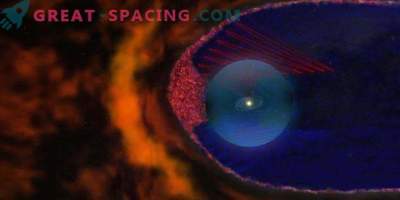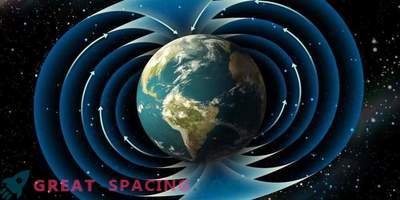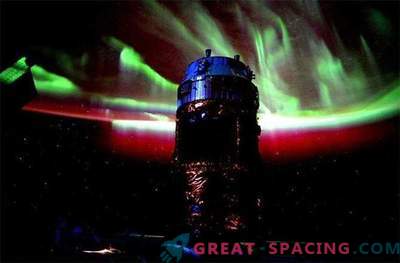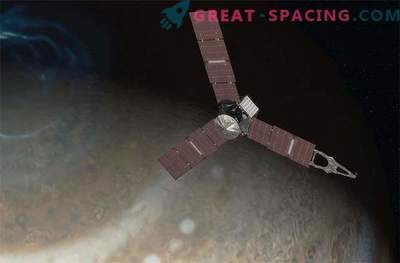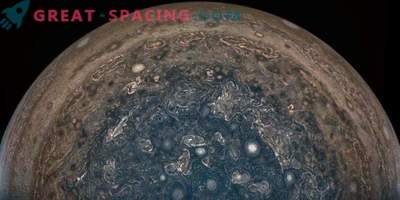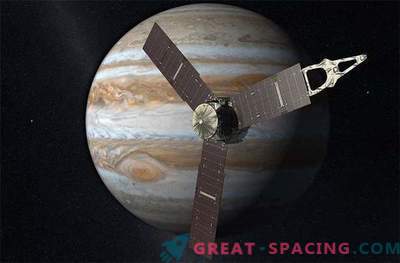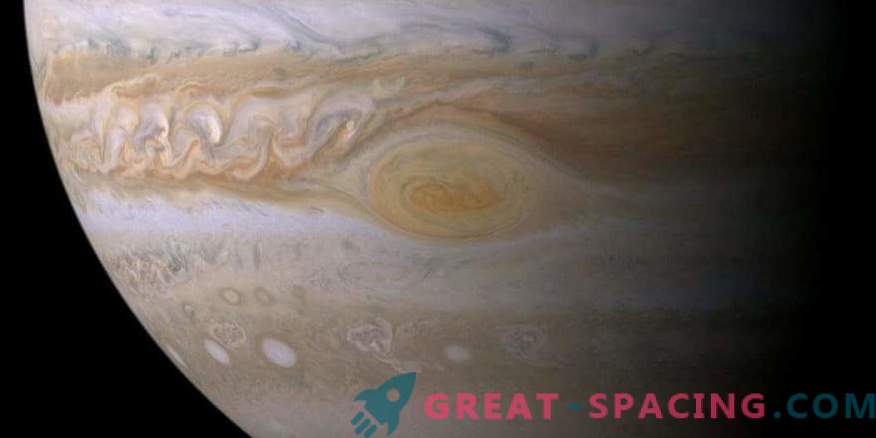
Large Red Spot captured in 2000 by NASA Cassini
When NASA’s Juno spacecraft flew over Jupiter, it seemed to scientists that they were looking at the planet for the first time. It turned out that the new picture was different from everything that they had observed earlier.
Juno entered orbit on July 4, 2016, discovering that the giant's poles are covered with almost continental-sized storms. It is surprising that several cyclones are concentrated at each pole. Therefore, 8 giant turbulence moves at the north pole, and 5 at the south pole.
Striking and that is hidden below. Researchers have always wondered how deep the storms of Jupiter descend. Deep inside the planet there are high temperatures and sudden pressure drops. Because of this, molecular hydrogen is transformed into an exotic form of substance - liquid metallic hydrogen. Think of this world as atomic nuclei moving freely in a sea of electrons. The magnetic field must have a connection with the dynamo of the planet.
The magnetic field is home to the largest and most powerful auroras in the solar system. If in terrestrial conditions can not do without solar influence, Jupiter creates its own radiance independently. For this purpose, the energy generated by a rotating magnetic field is used.
The recent experiments of Juno on gravity showed that the belts and zones of the planet rotate in the form of cylinders to a depth of 3000-5000 km. Below may be a solid body. Juno continues to work, so scientists expect to receive many more interesting discoveries.



